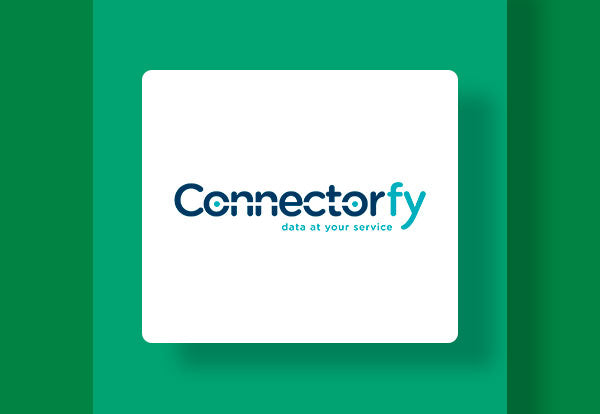Nowadays, we are undoubtedly exposed to a multitude of information about technology and its trends. Therefore, we must focus the informative and truly conclusive focus on the usefulness and functional contribution and the value it brings to professional offices.
We present you 3 of the cutting-edge technologies that your office should be aware of in 2024:
1. GPT Chat
We must understand this technology as part of our reality. This technology is beginning to encompass part of our daily lives, so we must be clear about some of its "legs".
What is it and what do we use it for?
GPT Chat is an artificial intelligence tool designed to generate human-like text through a machine learning process from a large data set, using a neural network architecture known as Transformer and is trained in a "pre-trained" manner on large amounts of data before being fine-tuned for specific tasks.
It is important to note that relevant data must be provided to generate a more complete and accurate response in the offices.
Versions:
The usability of ChatGPT is focused on 3 resources:
-
Instant messaging and conversation on any topic without losing the thread of the conversation.
-
Translation and use of the most colloquial language with a wit very similar to that of humans (idioms, jokes, etc.).
-
Access to additional tools such as DALL·E, advanced data navigation and analysis with data and learnings from our own professional firm.
2. Cybersecurity
Any professional in the digital age must prioritize information security . This is even more the case for lawyers and legal staff who work with vulnerable data. From the adoption of advanced firewalls to continuous staff training in good security practices , firms are strengthening their defenses to ensure the confidentiality and integrity of their clients' information.
What does Cybersecurity mean?
Cybersecurity refers to the set of technologies, processes, and practices designed to protect networks, devices, programs, and data from attack, damage, or unauthorized access . It includes a variety of contexts, from security in business and online transactions to the protection of personal information and national infrastructure. The goal of cybersecurity is to ensure the integrity, confidentiality, and availability of information.
What types of threats can we suffer with a Cyberattack?
What should we safeguard and protect in our office?
-
Privileged information regarding contracts and reports on business activity with our clients.
-
Digital intellectual property reserved for licenses and copyrights that could usurp us.
-
Keeping our server and IP address protected from hackers.
-
Web security (Properly configure your networks to protect against unauthorized access. Use encryption (e.g. WPA3 for Wi-Fi) and change passwords.
-
Identity theft and impersonation by accounts that ask for information and are not real
-
Be careful with the “Spam” folder and the emails we open that ask for personal information and/or steal it right after opening them.
It is interesting to know that in order to carry out good practices regarding digital security we should value certain routines:
-
We will carefully review email submissions to ensure that the user is contacting us.
-
Obtain a quality and updated antivirus to act as a barrier to certain cyberattacks that may occur.
-
Make recommended backups to protect our data.
Below you can see some examples of cyber attacks:
3. CRM or management software
What is it and what do we use it for?
CRM (Customer Relationship Management) is a set of practices, strategies and technologies designed to manage and analyze the interactions that the firm has with its clients.
The main objective of a CRM system is to improve customer relationships, optimize sales performance and facilitate business growth by helping firms automate processes , perform data analysis to identify sales opportunities and improve efficiency in customer service.
👉 The 7 best CRM for your professional office .
CRM usability is based on 4 phases:
-
Customer information management and improvement : A CRM allows you to centrally store detailed information about customers, including contact details, purchase history, preferences, etc. Providing a complete and updated view, thus being able to personalize and adapt to each individual need within the office.
-
Sales and Marketing Optimization: Tools to manage leads, track sales opportunities, and analyze data to identify behavioral patterns and improve engagement.
-
Activity and Task Tracking : These also allow for efficient tracking of customer interactions, such as calls, emails, meetings, and pending tasks.
-
Analytics and Reporting: Analytics and reporting capabilities enable businesses to conduct analysis and report generation, allowing them to evaluate the performance of their sales teams, analyze market trends, and make data-driven decisions.






